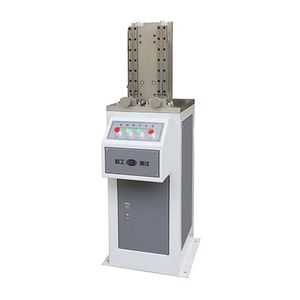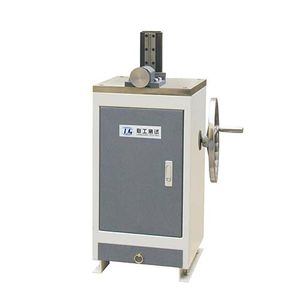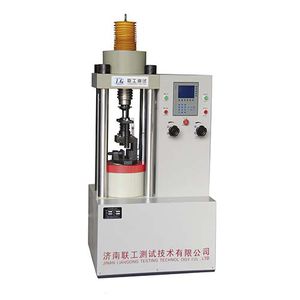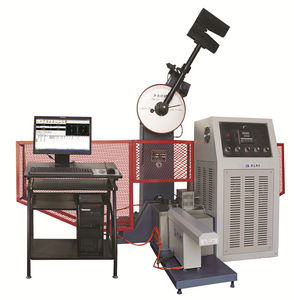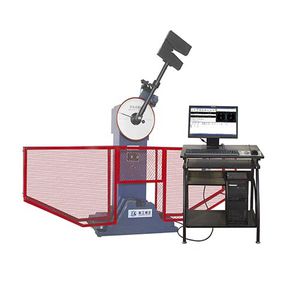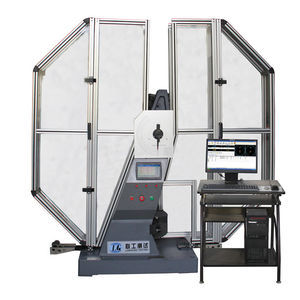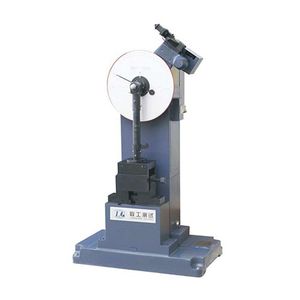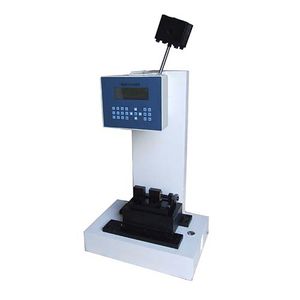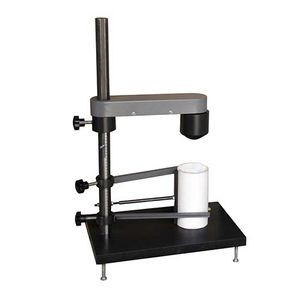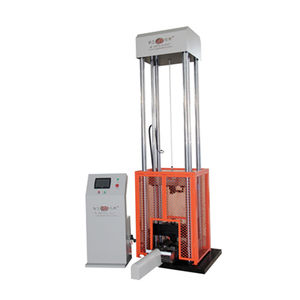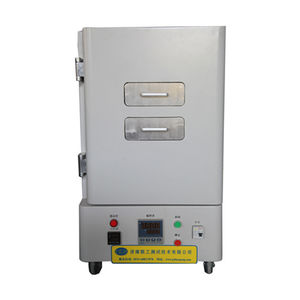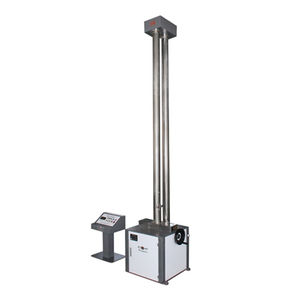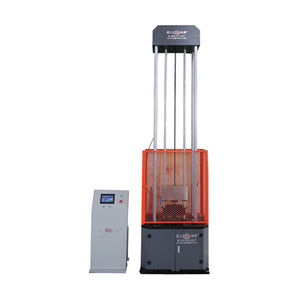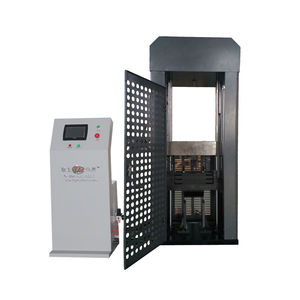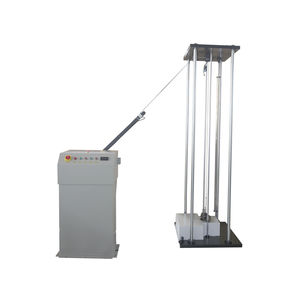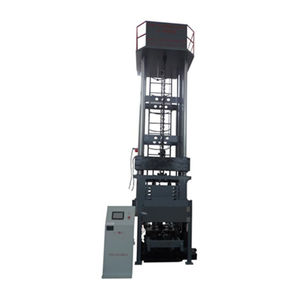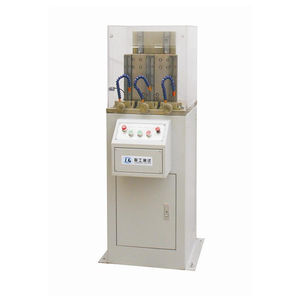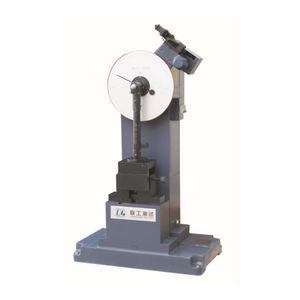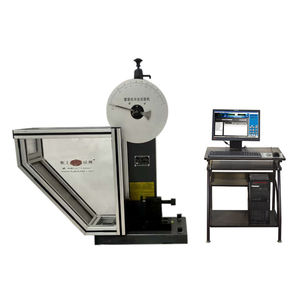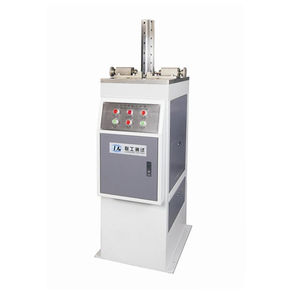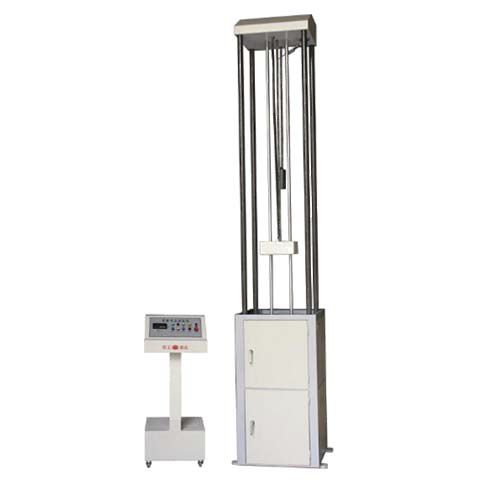
- Metrology - Laboratory
- Metrology and Test Equipment
- High-level drop tester
- Jinan Liangong Testing Technology Co., Ltd
- Company
- Products
- Catalogs
- Projects
- News & Trends
- Exhibitions
High-level drop tester XJLDWTT


Add to favorites
Compare this product
Characteristics
- Options
- high-level, DWTT
Description
XJL Plastic Tube Drop Hammer Impact Test Machine
XJL Drop hammer impact testing machine for plastic, glass, ceramics and other non-metallic materials samples or pipe to do impact test, is a test instrument used to evaluate the impact resistance of materials, .
Usage and Characteristics
XJL Drop hammer impact testing machine for plastic, glass, ceramics and other non-metallic materials samples or pipe to do impact test, is a test instrument used to evaluate the impact resistance of materials, . At the same time, you can also do the impact comparison test for the same kind of material, the same kind of sample, to identify the quality of the materials.
The test machine using process control technology, can preset impact height, automatically prevent secondary impact, automatically lifting hammer to the scheduled height, and display height at any time. The height error can be automatically corrected through the interface. The machine is reliable, high precision, in line with professional standards ZBN72026-90 drop hammer impact testing machine technical requirements of the standard requirements.
Main Technical Parameters
1. Max. impact energy: 300J
2. Operating temperature: 10-35 °C
3. Power supply: AC 220V ÷ 10% 2A
4. Hammer quality: 0.25-15.000kg 0.125kg / increments
5. Hammer quality accuracy: 0.1%
6. Worktable travel: 0-400mm (can be customized)
7. Sample diameter: 10-400mm (can be customized)
8. Hammer radius: D25mm D90mm
9. Max. impact height: 2000mm
10. Height positioning error: less than + 2mm
11. Dimensions: host (length*width * height) 700mm * 700mm * 3300mm
12. Weight: about 450kg
VIDEO
Catalogs
No catalogs are available for this product.
See all of Jinan Liangong Testing Technology Co., Ltd‘s catalogsOther Jinan Liangong Testing Technology Co., Ltd products
Impact Testing Machine Series
Related Searches
- Test machine
- Measuring device
- Test cabinet
- Indentation hardness tester
- Material testing machine
- Automatic test machine
- PC-controllable testing machine
- Temperature test cabinet
- Benchtop indentation hardness tester
- Compression test machine
- Digital hardness tester
- Vertical test machine
- Industrial test machine
- Universal test machine
- Flexure testing machine
- Tensile test machine
- Industrial testing system
- Automatic test equipment
- Laboratory test machine
- Precision test machine
*Prices are pre-tax. They exclude delivery charges and customs duties and do not include additional charges for installation or activation options. Prices are indicative only and may vary by country, with changes to the cost of raw materials and exchange rates.



